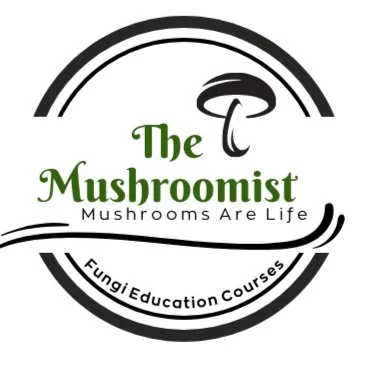
Learn how to confidently identify and forage wild edible mushrooms.
Top Edible North American Mushrooms
Chanterelles
These bright golden gems of the forest are one of the best wild edible mushrooms. They smell fruity and taste divine. Learn how to forage chanterelles with confidence!
Chicken of the Woods
The bright orange-yellow shelves of chicken of the woods are hard to miss; this is an excellent beginner species! This mushroom is super meaty and delicious!
Oyster Mushrooms
Oyster mushrooms among one of the most widespread edible mushroom species. They’re meaty, delicious, and a great beginner foraging species.
Hedgehog Mushrooms
The hedgehog mushroom is a master at camouflage, but it’s easy to identify once found! This edible wild mushroom is dense with a mild, sweet mushroomy flavor.
The Basics of Mushroom Identification
Basic Mushroom Anatomy
Straight-forward explanation of fungi anatomy and why it is essential to know this information to successfully forage wild mushrooms.
Cap Shape, Size, Decoration
Mushrooms caps come in many different colors, sizes, and shapes. This guide breaks them all down into easily recognizable types and categories.
Location, Habitat, Season
Be successful foraging wild mushrooms by understanding the importance of habitat, location, and seasonality (looking for the mushroom at the wrong time in the wrong place isn’t going to yield good results)
Gills, Pores, and Teeth
Fungi don’t just have gills. Some of the top edible wild mushroom species have pores on the underside. Some even have teeth. Learn how to recognize the differences.
Spore Prints
Learn the value of spore prints in positively identifying wild fungi and why this method should never be overlooked.
Stems
Some stems are plain, others are highly decorative with wild colors or shaggy adornments. Stem shape, size, color, and bruising all tell a tale leading to the mushroom’s identification.
Odor, Taste & Flesh
Mushroom identification isn’t just about the visuals. Learn how smell and taste come into play in proper identification, as well as why it’s important to always cut the mushroom in half.
More Wild Edible Mushroom Identification Courses
Morels
The coveted morel mushroom can be tricky to identify. Learn about lookalikes, foraging safety, and how to find these incredible tasting wild mushrooms.
Lion’s Mane (all Hericium)
Lion’s mane mushrooms and their cousins are extremely easy to identify because nothing else looks like them. And, they’re delicious! Excellent beginner course.
Lobster Mushrooms
This bright reddish-orange mushroom has no lookalikes, and it shines on the forest floor. Learn how to identify lobster mushrooms with confidence and ease.
Black Trumpets
This elusive mushroom has a unique, earthy flavor that is unmatched. It’s often hard to find but is easy to identify. Learn how to forage the black trumpet successfully!
“The sudden appearance of mushrooms after a summer rain is one of the more impressive spectacles of the plant world.”
John Tyler Bonner
The Mushroomist
In-depth identification courses for all the top wild edible mushrooms in North America, including Chicken of the Woods, Chanterelles, Oysters, Hedgehogs, Lion’s Mane, Lobsters, Black Trumpets, and Morels.
All purchases include life-long access to the course materials so you can rewatch and study as many times as needed.

















